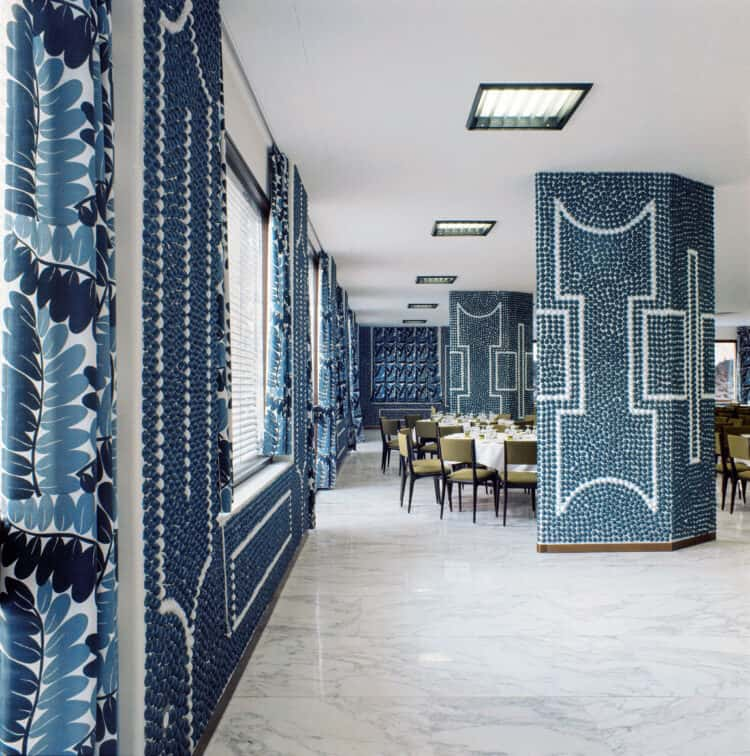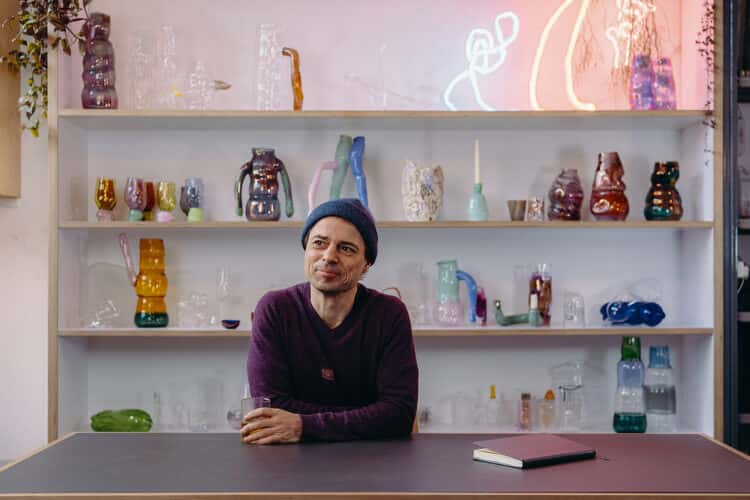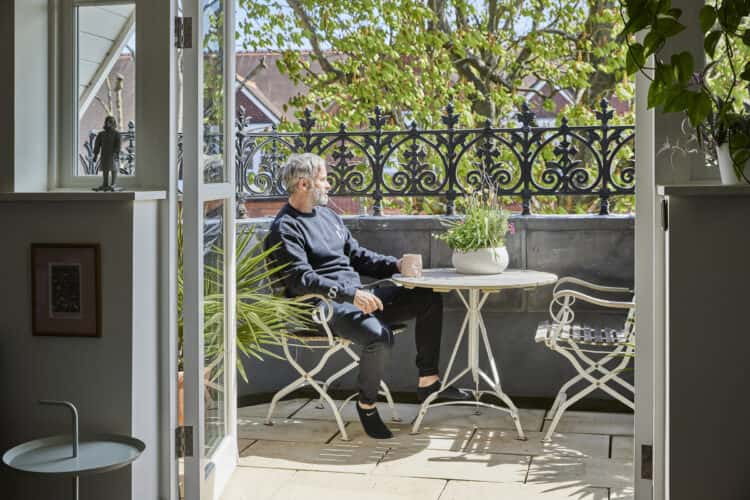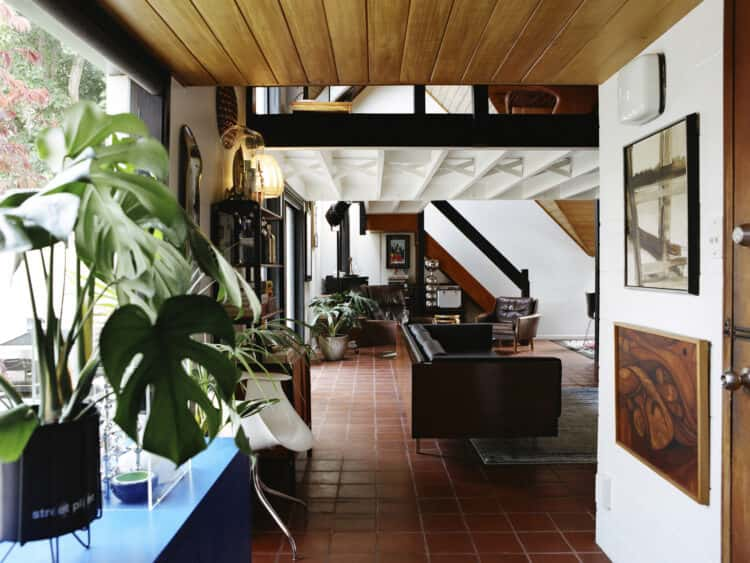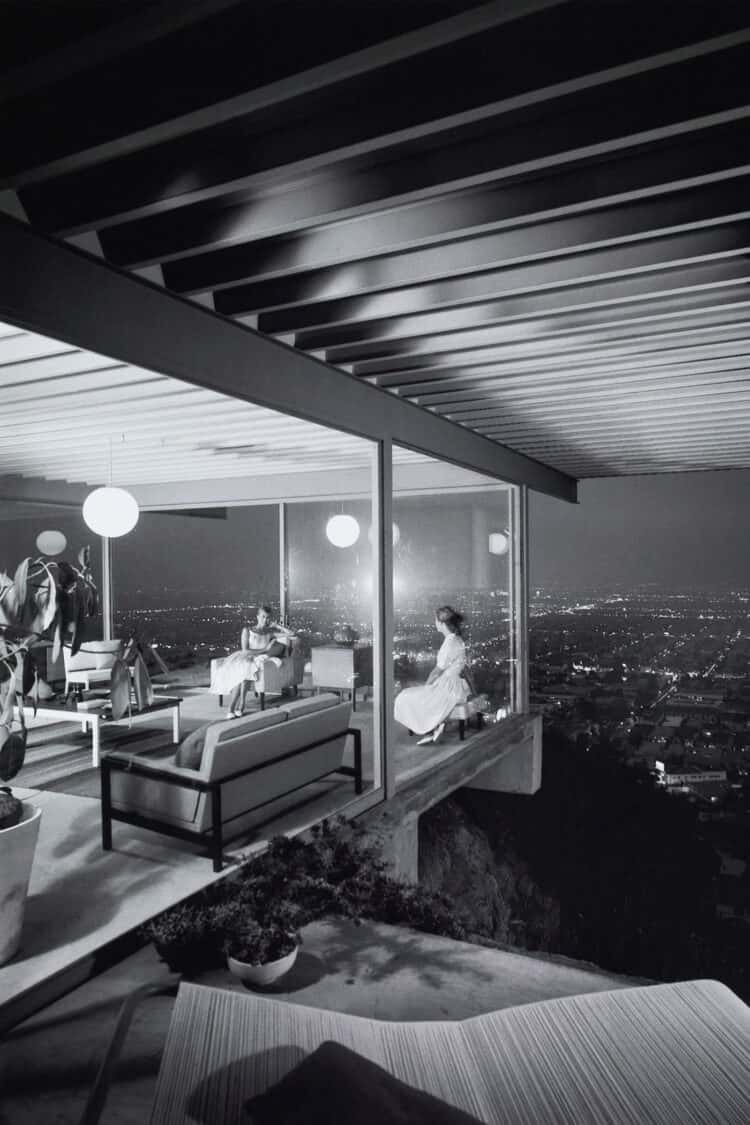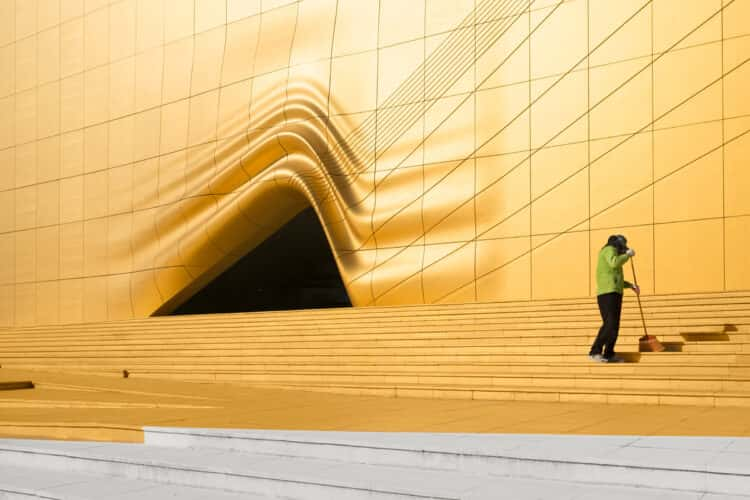Book Preview: the immense creative output of Gio Ponti
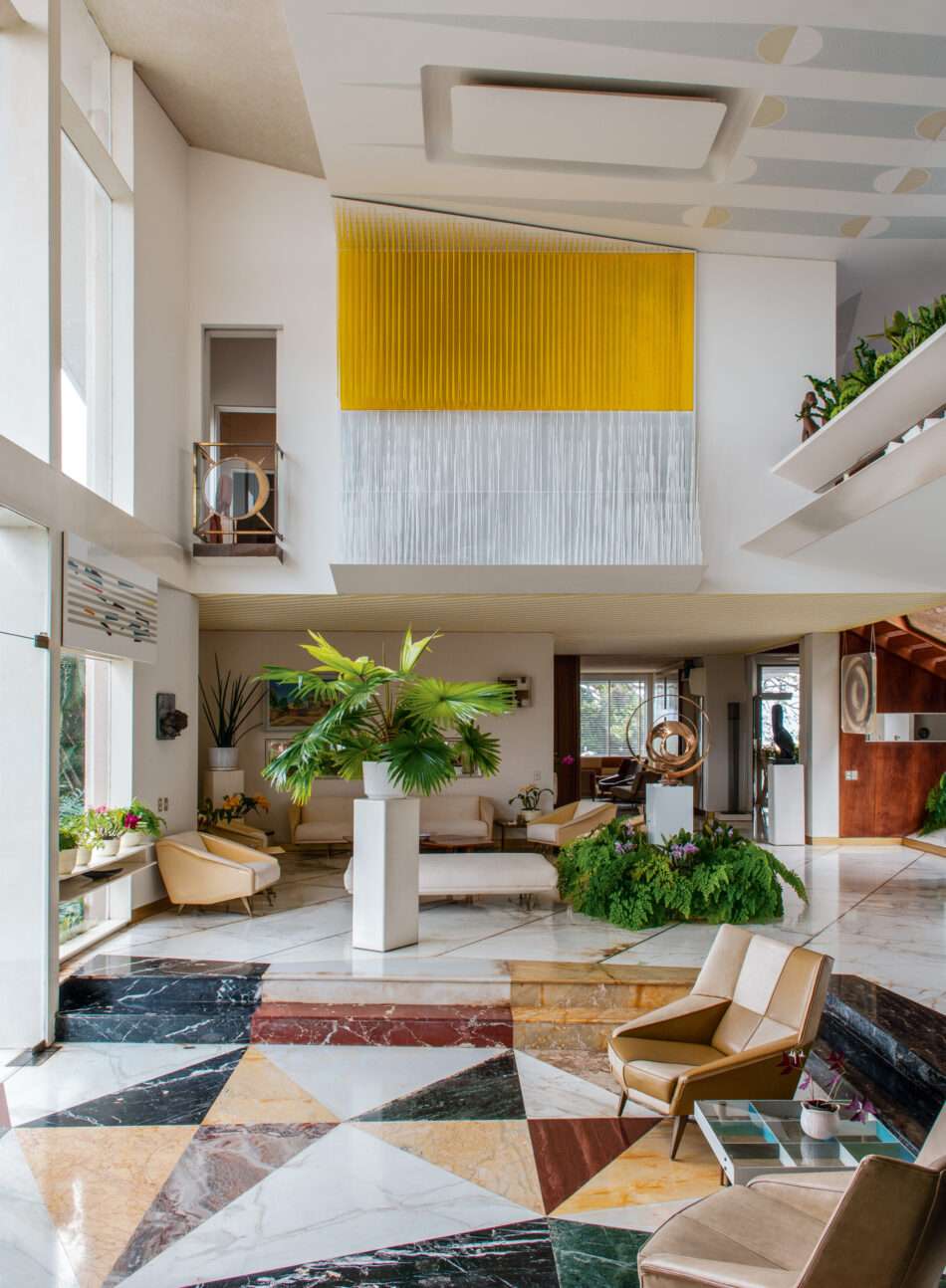
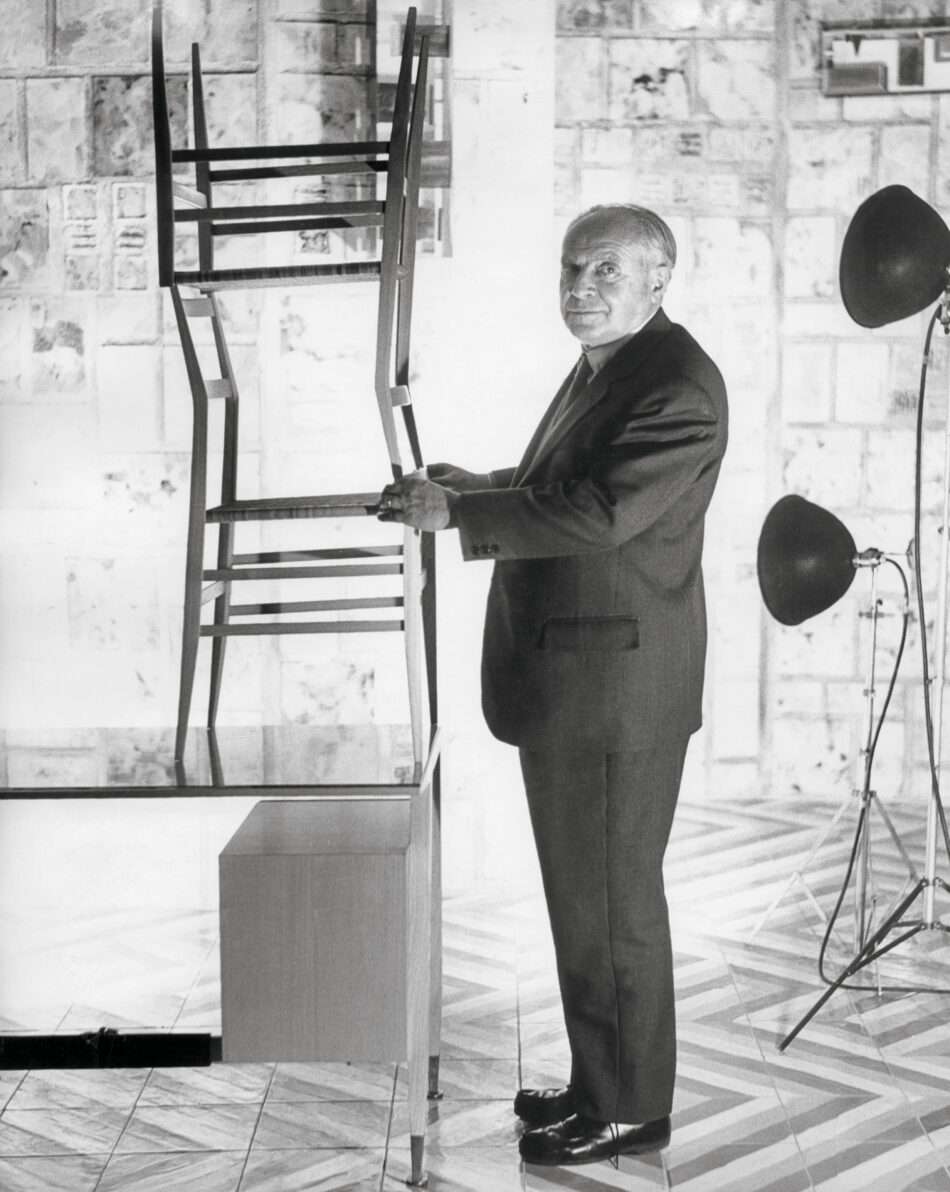
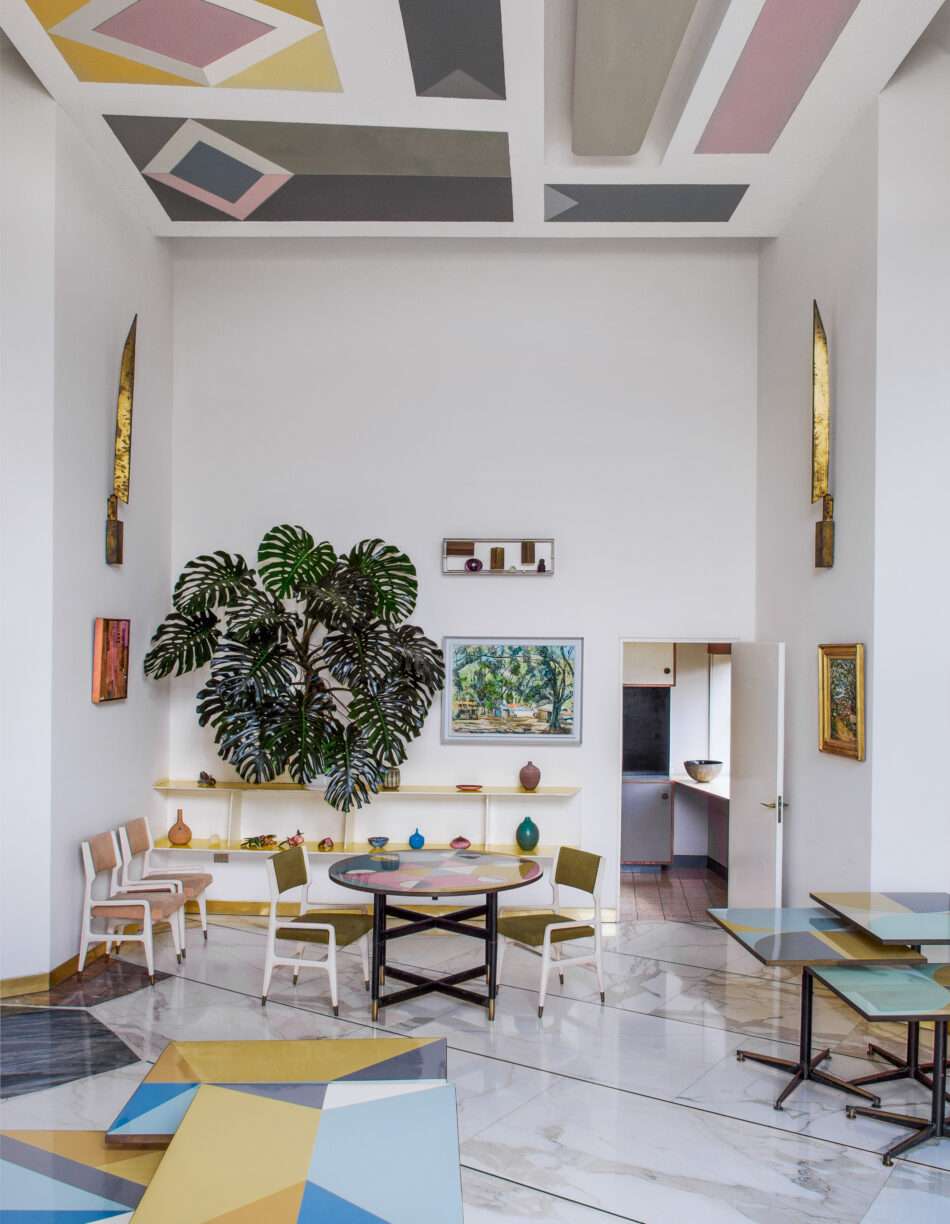
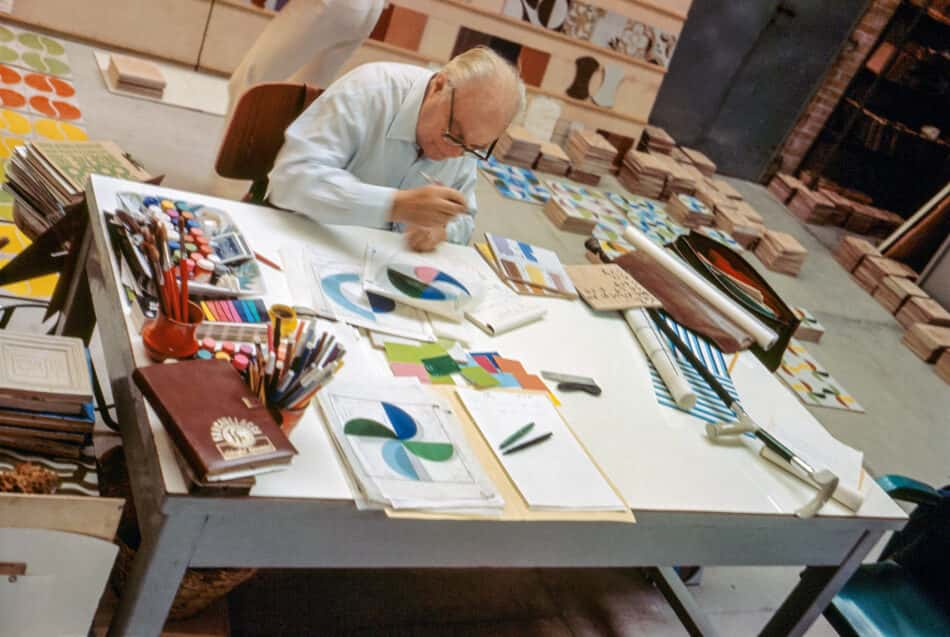
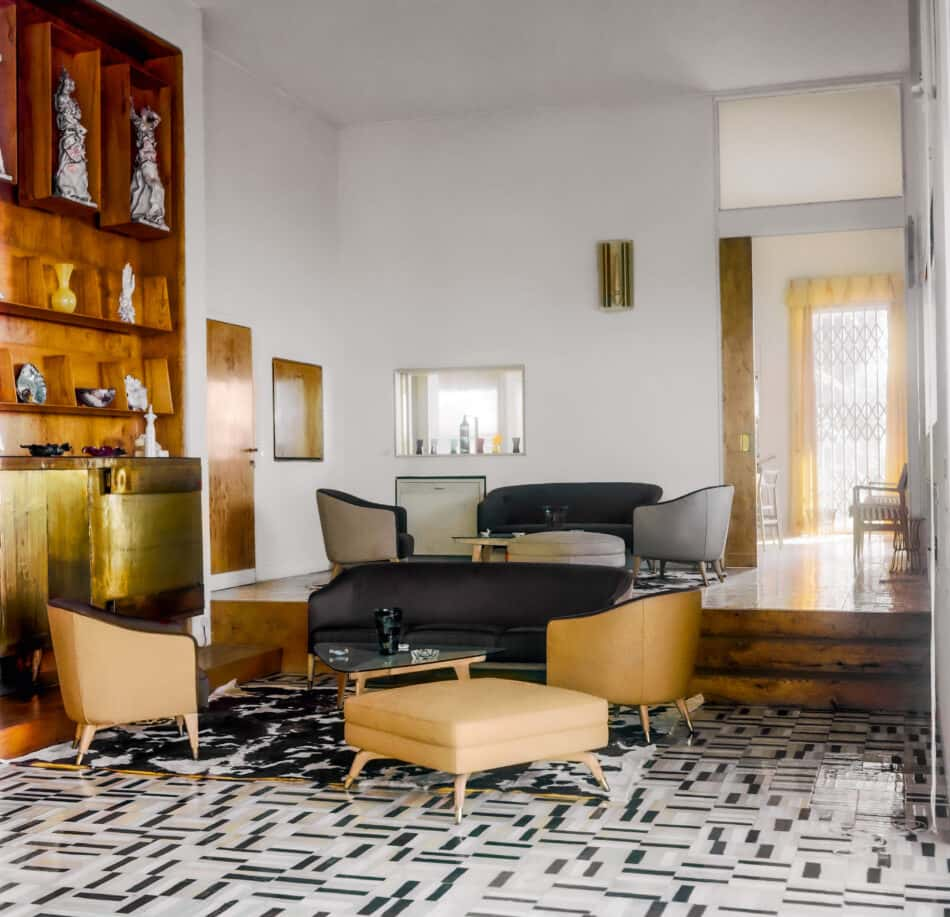
“The most resistant element is not wood, is not stone, is not steel, is not glass. The most resistant element in building is art. Let’s make something very beautiful,” said Gio Ponti, one of Italy’s greatest creative minds of the last century. In a new eponymous book, published by Taschen, Ponti’s life-long endeavour to “make something very beautiful” is communicated through in-depth looks at 136 of his projects, worked on over the course of six decades, and covering just about anything you can design, create or imagine.
Over the course of his career, Ponti – as photographer, artist, curator and grandchild of the designer Salvatore Licitra points out in his introductory essay – “built churches, skyscrapers, power plants, swimming pools, hotels. He designed door handles, textiles, furniture, cutlery, wine labels, tableware, and theater costumes. He resurrected Phoenician vases and designed modern ones, created ceramic objects and tiles, sanitary ware, and chandeliers; he wrote books and painted pictures, designed picture frames and lamps, ministerial buildings and villas, urban plans, bedsheets, museums, cars, and much more besides.”
It’s an immense, almost impenetrable body of work; but presented as one, as it is here, it’s possible to see what ties together a spoon, say, and Ponti’s 127m-high Pirelli Tower in Milan. From the majestic interiors of ocean liners to the front covers of Domus, the architecture magazine Ponti founded in 1928 which is still in publication, a sort of expressive modernism emerges, less severe and sparse than what his Continental and American contemporaries were doing; a world in which architecture is approached with artistic intent, and where surface design, decorative arts and ornamentation are fused with industrial design and the function-first lessons of modernism. Often, it is the case that this happened at the level of both detail and the overall plan. Indeed, Gio Ponti, over its 572 pages of engaging, intricate analysis, arguably takes on the nature of its subject matter itself: beautiful in both detail and overview, the micro and the macro.
